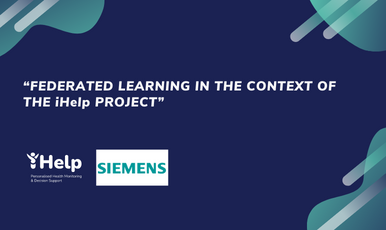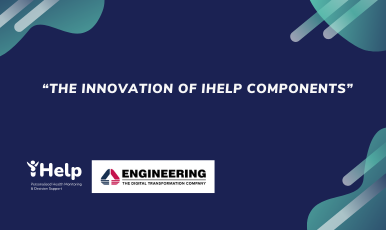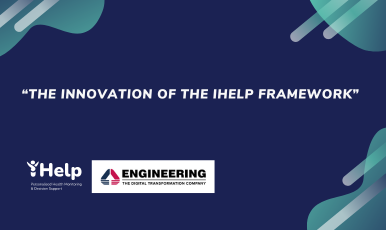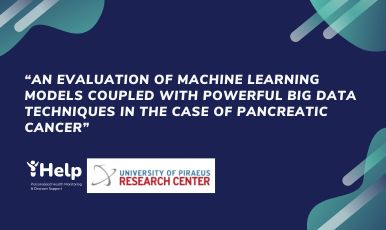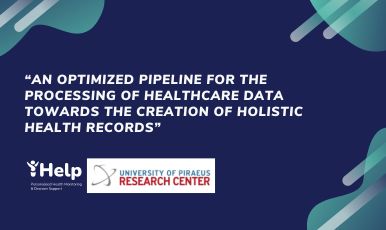About half a decade ago, the growth in Machine Learning advancements and data located on different sources with distinct privacy-preserving settings, have paved the way to a new concept termed Federated Learning (FL). This new approach of automated learning using decentralized data located on edge devices such as mobile phones or local computers, permitted machine learning algorithms to boost their functioning by utilizing the widespread data from different locations, without the need of data sharing and transfer beyond the bounds of the respective data origins. On this line, Federated Learning offers an innovative modality to construct the AI models without affecting user’s confidentiality.
This type of novelty constitutes the purpose of AI researchers to explore this path further.
This new AI paradigm additionally benefits the mobile devices to become more powerful, particularly the AI chipsets development to be able to handle the training process as opposed to previous times when was only cloud based. Two main challenges arise, that this new paradigm must overcome. The first comes from the bandwidth limitation. Since Federated Learning relies on wireless communication, in certain geo-locations the bandwidth is still narrow and this influences the overall performance.
Another challenge which improves with each passing year, is the reliability of the edge devices that compute the AI models.
Siemens is interested in exploring how Federated Learning might be used in the context of the iHelp project. For example, integrating FL in iHelp can be achieved by using decentralized model creation considering the local hardware computing resources of the clinical sites to train the models. Once this step is completed, the models can be merged on another computer to create a general compelling model. Then, the merged model can be shared back to all the clinical sites to evaluate the risks or create more accurate predictions for patients with pancreatic cancer risk.
The envisioned architecture, that can support Federated Learning, could start from the following diagram, where the Federated Server acts as model creator and aggregator, communicating with the corresponding clinical edge devices, for example from Hospitals, Medical centers, Cancer treatment centers, acting as nodes:
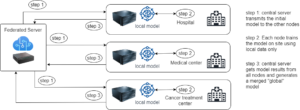
In the centralized federated learning setting, the central server (Federated Server) is used to orchestrate the different steps of the algorithms and coordinate all the participating nodes during the learning process. The server is responsible for nodes’ selection at the beginning of the training process and for aggregation of the received model updates. Since all the selected nodes have to send updates to a single entity, the server may become a bottleneck of the system and hence, an adapted solution must be compiled to avoid such case.
Further open challenges may consist of resource allocation optimization, elaborated mechanisms towards quality data contributions, FL development for the clinical data flow, security handling, or even standards specifications for the FL solution deployment, towards the advancement of robust federated learning in healthcare applications.

